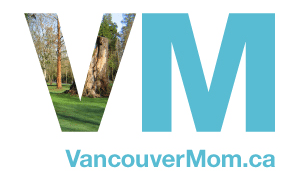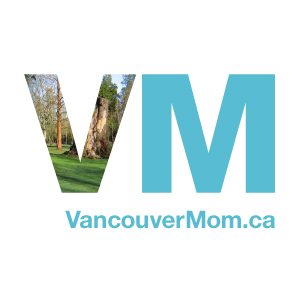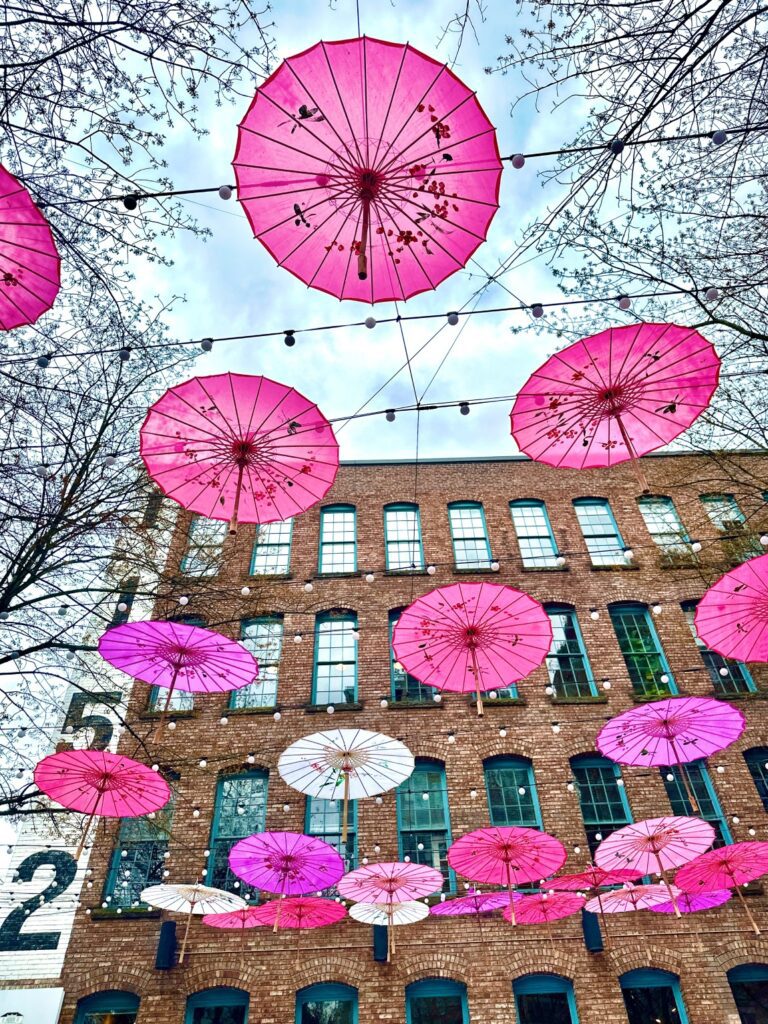Foraging for Wild Edible Plants in Vancouver

If you know what you’re looking for, there is food growing everywhere. Whether you’re picking young, tender dandelion greens or filling buckets full of blackberries on a berry picking expedition, foraging for wild edibles is a simple act that can transform weeds into wonderful sources of free, abundant food. Here’s a quick guide to the wild edible plants growing around Vancouver.
Berry Picking
There are many kinds of lovely, edible berries that grow wild in the green spaces around Vancouver. Early in the season you’ll find salmonberries in the woods and parks, then huckleberries, blackberries and blueberries later in the summer and early autumn.
A field guide is essential if you haven’t grown up berry picking in the woods, and identifying wild berries and greens in a book is an excellent habit to get into when you’re foraging with kids. Always teach them to ask before they eat, even if they’re very sure they know what kind of berry it is. Northwestern Wild Berries is a small, easy to carry guide that contains a easy to read chart that lists berries according to their tastiness and edibility.
Blackberries are a great berry to start with if you’ve never foraged for wild edibles before. They’re easy to identify, yummy to eat in baking or jam, freeze well and they grow just about everywhere. Chances are good that there’s a patch in your back lane or a nearby vacant lot right now. Since the season is late this year, there are still lots of ripe berries just waiting to be picked.
Wild Edible Plants
For many folks, picking blackberries is one thing but the idea of harvesting dandelions takes a little more getting used to. There are lots of great reasons to learn more about wild greens, because many of them are very nutritious and they grow like, well, weeds.
Purslane is a wild green that has the highest levels of Omega 3 oils found in any plant. Dandelion leaves, roots and flowers are highly nutritious and have been valued for their healing properties in many cultures around the world. Nettles are high in iron and other minerals, and are best harvested in the spring when the plants are young and tender. Just remember to bring your gardening gloves when foraging for nettles, otherwise you’ll get lots of nettle stings! The sting disappears when the plant has been cooked or dried.
As with berries, if you’re at all unsure of the identification of a wild plant you’re about to eat, always look it up in a field guide first.
Wild edible plants are abundant, free and nutritious, but in order to reap their benefits you’ll need to do a little homework first, especially if the main place you’ve gathered food in the past was the grocery store aisles. Learning about and foraging for the food growing for free in our lawns, laneways and forests is part of building the local food movement and a good incentive to go organic when it comes to caring for your yard. Plus, it’s a great adventure to go hunting for the perfect blackberry patch!
Michelle Carchrae is often asking those important life questions: "who moved the scissors?", "how would you do that differently next time?" and "are you finished with the glitter glue?" Homeschooling two girls, ages 6 and 3, is her full time job. The rest of the time Michelle can be found blogging at The Parent Vortex, hiking in the forest or knitting and reading simultaneously. She recently published her first ebook, The Parenting Primer: A guide to positive parenting in the first six years, and moved to Bowen Island.



















Love this! Apparently arugula grows rampant around East Van.